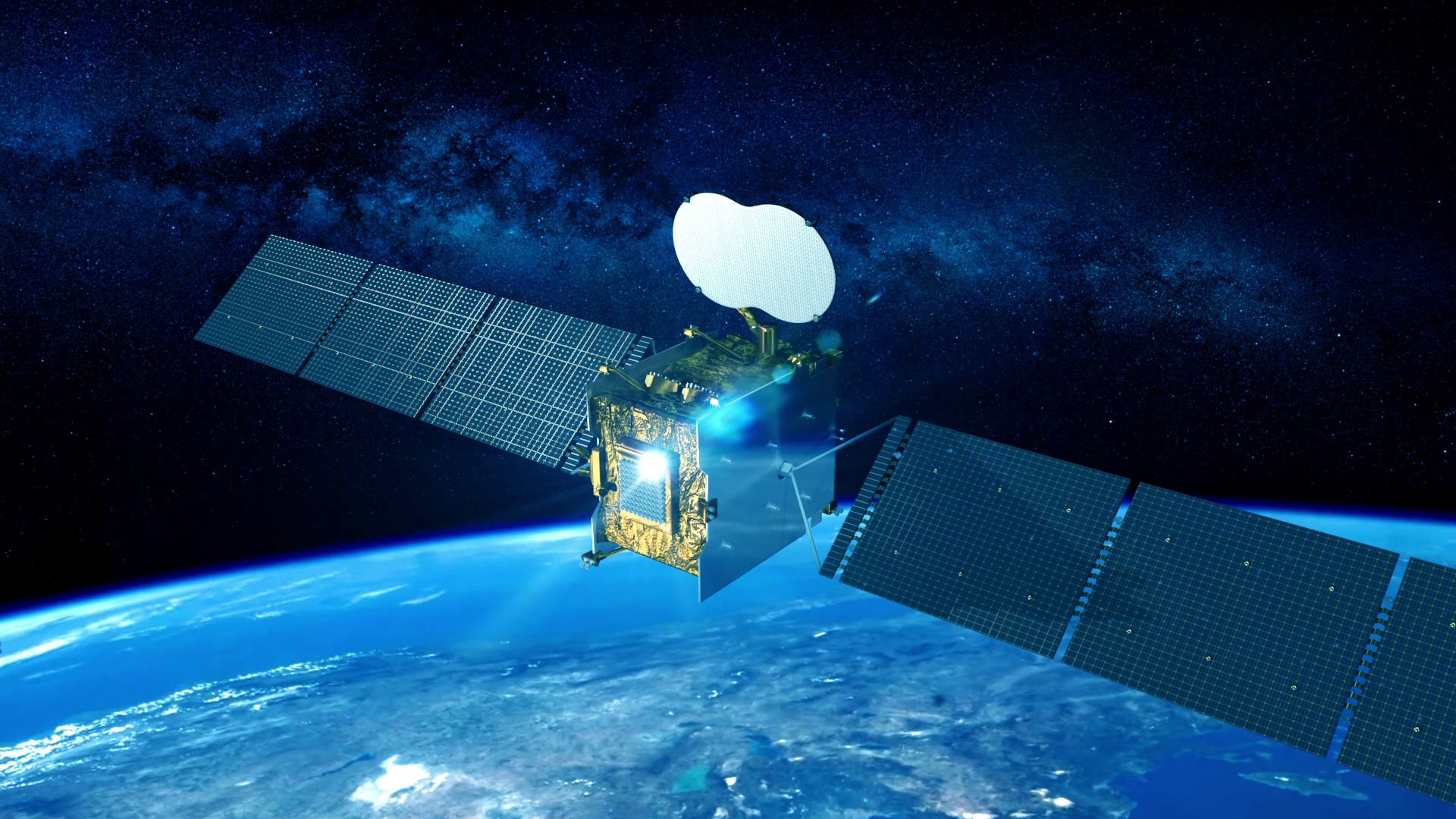Satellite Software is an essential component of any satellite system, enabling satellites to perform critical functions such as communication, navigation and Earth observation. There are various types of satellite software, each with its unique features and applications. In this article, we will discuss five types of.
Operating system software
Operating system software is the fundamental software that manages the resources of a satellite, including the central processing unit (CPU), memory, and input/output (I/O) devices. It provides a platform for other software applications to run and ensures the efficient operation of the satellite. Common operating system software used in satellites includes VxWorks, Linux, and RTEMS.
Communications software
Communication software is use to enable communication between satellites and ground stations. It includes protocols, algorithms, and hardware drivers that enable the transfer of data between the satellite and the ground. Communication software also manages the quality and reliability of the communication link. Examples of communication software used in satellites include CCSDS (Consultative Committee for Space Data Systems) protocols and modems.
Navigation software
Navigation software is use to determine the location and orientation of a satellite in space. It uses data from sensors, such as Global Positioning System (GPS) receivers and inertial measurement units (IMUs), to calculate the satellite’s position and velocity. Navigation software also performs orbit determination and trajectory planning. Examples of navigation software used in satellites include NASA’s Goddard Mission Services Evolution Center (GMSEC) and the Navigation System for Time And Ranging (NAVSTAR) GPS.
Software payloads
Payload software controls the instruments and sensors on board the satellite that perform specific functions, such as Earth observation or scientific research. It includes algorithms that process and analyze the data collected by the sensors. Payload software is highly specialized and tailored to the specific needs of the mission. Examples of payload software used in satellites include the MODIS (Moderate Resolution Imaging Spectroradiometer) instrument on NASA’s Terra and Aqua satellites and the SWIFT (Spectroscopy of the Atmosphere using Far InfraRed Emission) instrument on the Odin satellite.
Ground segment software
Ground segment software is used to control and monitor the satellite from the ground. It includes software for mission planning, data processing, and user interfaces. Ground segment software also manages the communication link between the satellite and the ground station. Examples of ground segment software used in satellites include the European Space Agency’s (ESA) Mission Control System (MCS) and NASA’s Advanced Tracking and Data Relay Satellite System (ATDRSS).
In conclusion, is a crucial component of any satellite system, enabling satellites to perform their critical functions. Operating system software, communication software, navigation software, payload software, and ground segment software are just a few examples of the various types of . These types of software are highly specialized and tailored to the specific needs of the mission, ensuring the efficient and effective operation of satellites in space.

